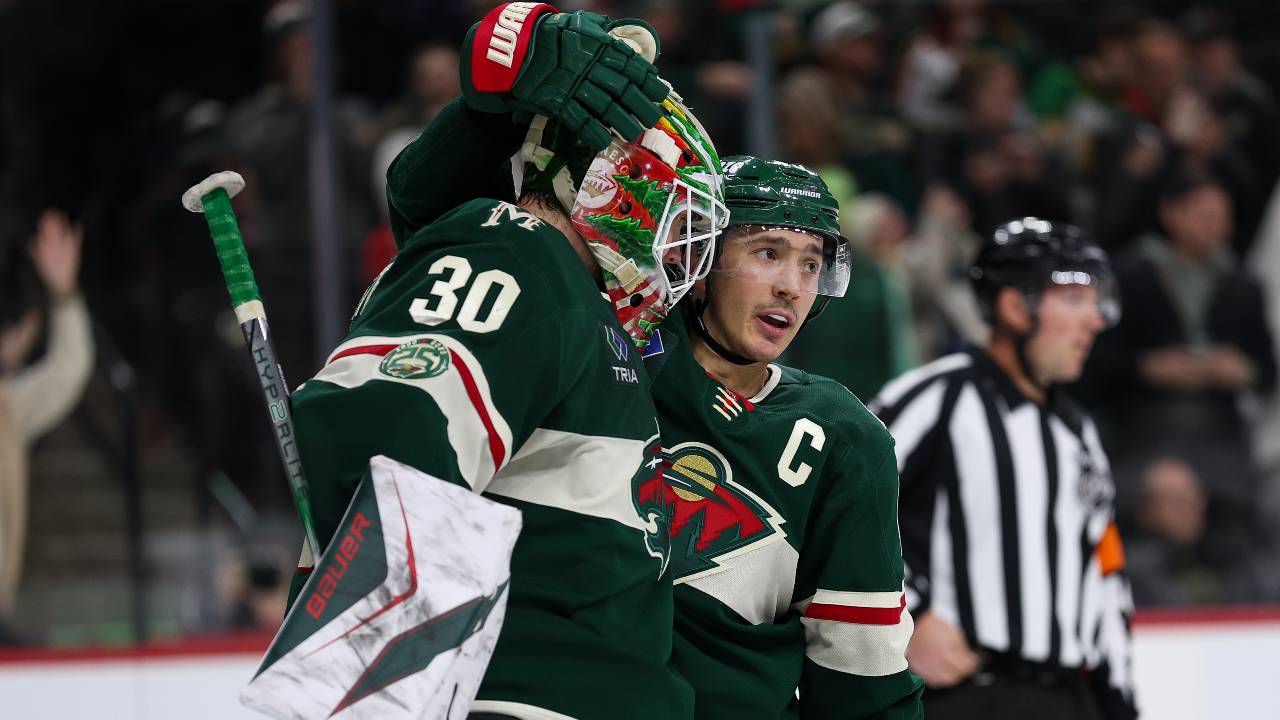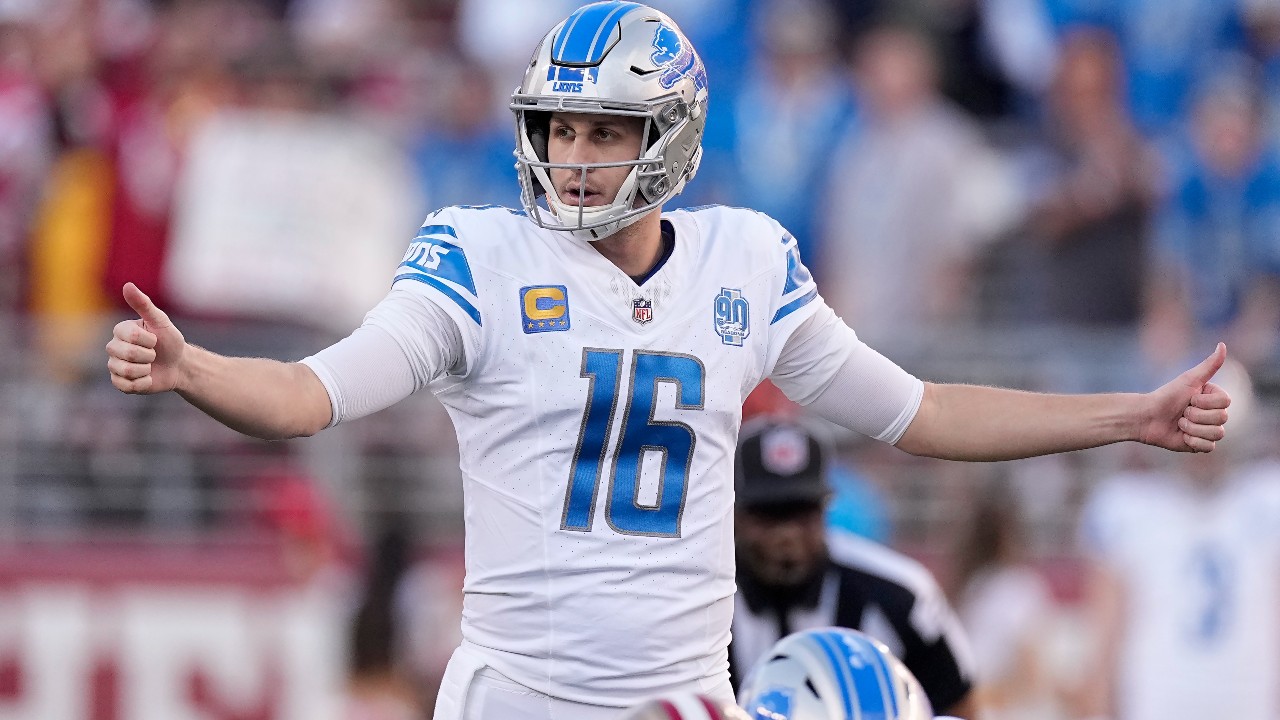
“WE’RE STILL HERE. WE’RE STILL FIGHTING. WE’RE STILL PROUD.”
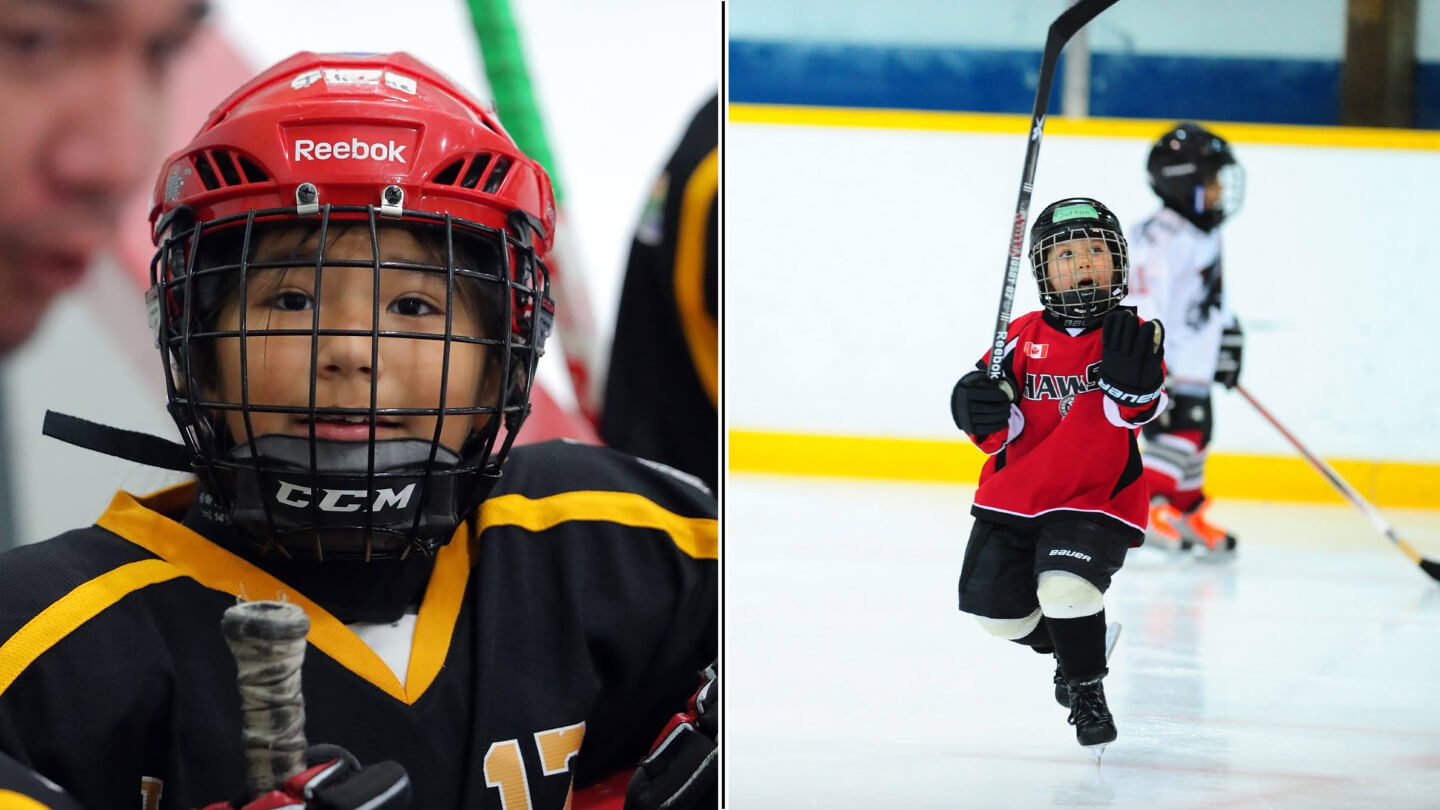
T
wo decades on, Kieran Peltier still remembers that day, clear as crystal. He remembers standing on the ice under the arched steel roof of the Sudbury Community Arena, looking out over the hundreds packing the bleachers, an amalgam of family, friends and neighbours, and all the others who’d simply come to add to the chorus of cheers. He can still see their faces, some he recognized from his home, Wiikwemkoong First Nation; some unknown, but familiar still.
He was eight years old, maybe seven. Young enough to leave tears on the ice as the referee tossed him from the championship game. Young enough for the devastation to evaporate the moment he saw his team win it all anyways. He remembers the medal, the weight of it against his chest, the thrill of being able to take it home and marvel at it in solitude.
By the time Peltier had that medal around his neck, he’d already amassed years of cherished moments at that tournament, the annual hockey summit for First Nation youth in Ontario, officially dubbed the Little Native Hockey League, but affectionately known as the Little NHL. And years more would follow, the magnetic pull of that tournament bringing him back, again and again.
Looking back on it now, the thrill still hasn’t worn off.
“You know, I played triple-A, I got to play some junior-B, I got to play some higher hockey — I played for Team Ontario. But when you step onto the ice at Little NHL… it’s something else,” Peltier says. “It’s almost indescribable.”
More than 200 teams representing First Nations throughout Ontario got a taste of that feeling the last time the tournament was held, a chance to come together, to celebrate, to revel in a collective love of the game. But to truly understand the importance of that shared revelry, you have to trace the history of the Little NHL back to its roots. To the fight to protect that joy.
“The tournament originally started on Manitoulin Island,” Little NHL vice president Chico Ralf says, rewinding back to the inaugural year in 1971. “With everything happening in the world, and happening with our First Nation peoples, it’s a sad thing how it did start.”
“It was created in response to racism that was being experienced by some of the players in and around the area,” says Marian Jacko, the Little NHL’s president.
Before his days in the big NHL as a player and coach, a teenaged Ted Nolan was one of those players, he and the kids he grew up with barred from taking their talents outside the borders of Garden River First Nation.
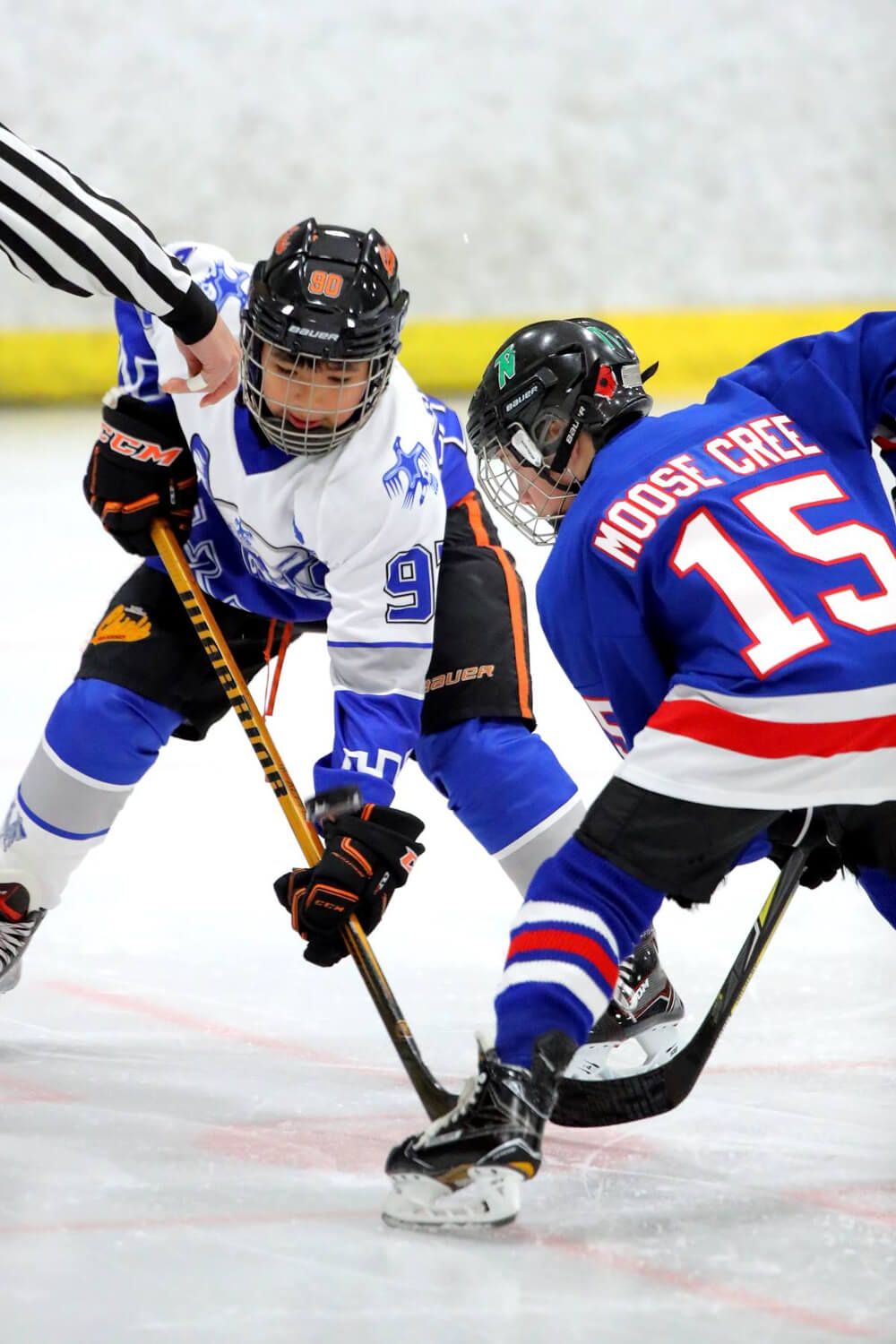
“The reason they started it was because a lot of the players, like myself, they said we weren’t good enough to play in the triple-A teams in the cities that we were close to, or double-A teams that we were close to,” says Nolan.
Adds Jacko: “You would have First Nation players that were eligible to play in tournaments, but what would happen is they ended up either not being able to participate or, if they were, they ended up just sitting on the bench.”
In response, a group of five community leaders came together to create a new tournament, one that opened its doors and granted First Nation youth the chance to play for their communities, to showcase the talent that was being hidden away. “They wanted to have a tournament for our young players that had no place to play,” says Ralf. “Nowhere to go.”
Nolan was 15 when he first got the chance to play in the Little NHL. His sons, Brandon and Jordan — both alums of the big NHL as well — played in the tournament when their time came decades later, too. For all three of them, it was an experience like no other. “We didn’t have to worry about somebody calling us a name or telling us to get back to where we’re from,” says Ted. “It’s one of the best hockey experiences I ever had growing up.”
The Little NHL experience has always been about more than just hockey, though. From Day 1, the vision extended far beyond a means of determining which community boasted the most skill. It was about uniting those communities, about celebrating them. And it was with those goals in mind that the tournament’s founders established what they called the Little NHL’s ‘four pillars’ during that inaugural tournament: citizenship, respect, education and sportsmanship.
“The founders of it, at the start, really had to fight, fight, fight to keep it going. And they knew the importance of it,” says Ralf. “Not just the fact of playing hockey. They wanted to bring our people together.”
Fast-forward half a century, and that seed has blossomed into something beautiful, and far-reaching. Those first 17 teams doubled, then tripled, the squads from the Manitoulin area soon joined by Moose Factory, then by others from southern Ontario who made the trek north. Fifty teams turned to 100, and then 200.
Now, the tournament’s a yearly staple, a week circled on calendars months in advance, an atmosphere unrivaled for those who’ve been lucky enough to take it in. “The Little NHL is so much more than just a hockey tournament — it’s more of an experience that comes with hockey,” Peltier says.
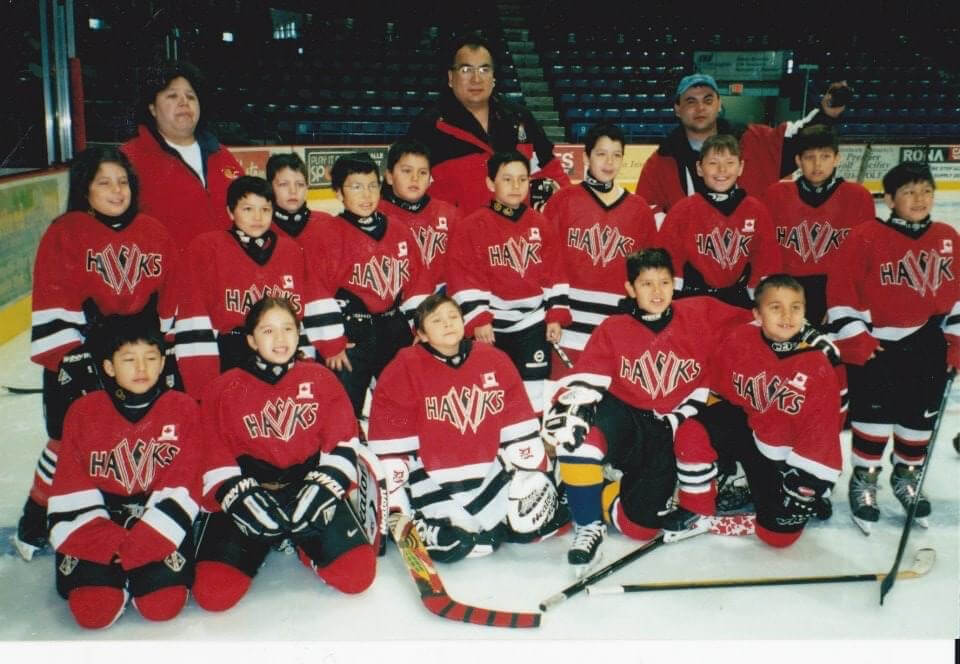
“What I remember the most is the energy in the arena, the sheer energy. The pride that people feel,” Jacko says of her first time experiencing it, back when her daughters first played. “It’s really something that’s sort of indescribable in terms of the feeling.”
“Anyone that we’ve ever had there, they always say it’s overwhelming — ‘We’ve never seen anything like it,’” Ralf says. “With First Nation people, we are our own society. We are our own distinct peoples. And that’s why at the Little NHL, when a player comes, you have the parents come, the sisters and brothers, the cousins are coming, the grandparents are coming. … When they come, everyone comes.”
Adds Jacko: “It’s Standing Room Only most of the time, even for the little ones. Because you have grandparents, aunties, uncles, cousins — everybody up in the stands watching and cheering on their little one.”
“You know, just for a little tyke game, eight in the morning, you can have a couple hundred people watching,” says Ralf with a chuckle.
You feel it before you even arrive — the pull of that electric atmosphere, the familiar warmth waiting for you through the doors of those arenas, the sounds of those laughs spilling out of the stands onto the ice.
“The spark you feel in the air… you don’t even have to be [there]to feel the energy, you know? You’re driving there, you’re in the vehicle — you can already feel it. You’re amped up, you’re ready to go,” Peltier says. “It’s a week long. By the time you leave there, you’re more tired than you were when you got into it, because you just visit so much, you laugh so much. You’re connecting with everyone. It’s nonstop.
“Last tournament, there were over 250 teams. So when you factor in the amount of people you want to go watch, you might be at the arena all day. Seven, eight games a day. … You’re almost at the rink for four days straight. But it doesn’t matter, because you’re surrounded by people you care about, by people who care about you, by people who are similar.”
Those bonds off the ice are the core of all the Little NHL means to the hundreds who’ve made the annual journey. They’re the true reason everyone keeps coming back.
“To us, we look at it not just as a hockey tournament — it’s more like a gathering of our peoples,” Ralf says. “It is such an event, a lot of people don’t understand. Especially the communities in the north. … They actually do fundraising and raise money all year to come to the Little NHL for their one yearly event. That might be the only time that they actually come off their community, just to go to the Little NHL.”
“Sometimes the Little NHL is the only time that families get to see one another,” adds Jacko. “You’ll have families who go a whole year, and the only time they get together is at the Little NHL.”
Amid all those reunions, there’s also some hockey — boys and girls giving their all for their First Nations, sorted into a slew of divisions by age and experience, flying around multiple sheets of ice in multiple arenas.
For those watching from the stands, it’s unforgettable.
“When my eldest daughter first stepped on the ice wearing that jersey that said ‘Wiikwemkoong First Nation,’ I think that was probably the proudest moment as a hockey parent,” Jacko says. “She was a pretty good hockey player, so she played house league and then she went to developmental stream, then she went to play rep. And, yes, I was proud of her playing at that level and, yes, I was proud of her every time she excelled, and whenever they won a tournament and got a medal.
“But there is a whole other layer of proud when I saw her step on the ice wearing the jersey that had her First Nation on the front. … Seeing her out there representing, and just being so absolutely proud to be First Nation, and just so absolutely proud to be representing her First Nation.”
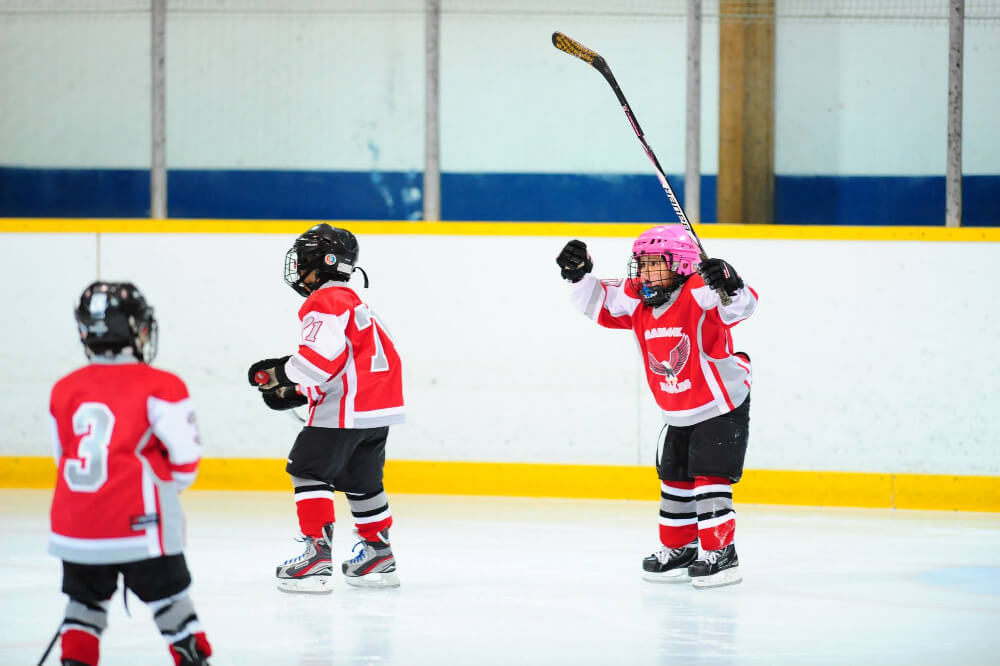
The feeling’s much the same in the kids wearing those jerseys down on the ice, says Peltier, who himself donned those same Wiikwemkoong First Nation threads as a kid. “It gives you that sense of pride, of purpose, of belonging, of connection, of unity. … You get to not only represent yourself, but you play for your community. You look up to the kids who are older than you from your community, because they’re often a little bit better. You want to be where they are when you get older. You want to do good by your hometown,” he says. “This is your time to come and showcase yourself, your team, your friends, your family, what you can do. And you do that for your community.”
It’s been years since anyone’s had that chance. After a successful 2019 tournament in Mississauga, the Little NHL’s run was halted in 2020, just as the rest of the sports world was, by the pandemic. Nipissing First Nation was set to host the 49th tournament in March of that year, before the Little NHL’s leadership group made the difficult decision to cancel. Hopes then turned to a return in 2021, but they didn’t come to fruition, the pandemic raging on when the time came. Another new date was set for March 2022, but by January, another wave of COVID-19 was enveloping Ontario, forcing yet another cancellation.
“It was absolutely heartbreaking,” says Jacko of the initial decision to cancel. “Because literally we were getting messages from folks that were already on the road, that people were driving.”
For some communities, the trek to the tournament was a two- or three-day journey. The Little NHL’s executive committee had held out hope as long as possible, but amid the uncertainty of the pandemic’s early wave, Jacko’s leadership team was forced to cancel just days before the opening ceremonies were set to begin. The NBA postponed its own campaign the next day.
“We knew we had to do it. We knew we had to, because we could not risk putting the kids, the community members that were coming, the elders that were coming, the knowledge keepers coming to the tournament — there’s no way we could put them at risk,” Jacko says. “But it was really difficult to get those messages from community members who were saying, ‘I’ve already driven 12 hours’ or ‘I’ve already been on the ice road,’ and then for them to turn around and have to go back home, no tournament.”
The cancellation of the 2022 tournament proved even more difficult. In the lead-up to the decision, a survey was sent to Little NHL participants to gauge their feelings on whether the event should go ahead, whether they were comfortable making that journey. One reply in particular stood out among the rest. “We had one response, it was a mom,” Jacko remembers. “She was writing on behalf of her son. And she shared that when the tournament was cancelled, she said her son was absolutely devastated. She said that he suffered with mental health, and that the only thing that he ever looked forward to, and was really excited about in life at the time, was the Little NHL. … It really shook us.”
Still, another growing wave of infections and the announcement of a return to tighter restrictions left the team no choice — the tournament was cancelled once again. But the message from that mother stuck in Jacko’s mind, a stark reminder that she couldn’t allow the Little NHL to become another cherished part of the past lost to the pandemic. “It just really speaks to the need for the continuation of the Little NHL. It speaks to the need of having sports, generally speaking, and activities for kids, for their mental health. And it really also speaks to the impact that the Little NHL has on individual players,” she says. “We really sat and thought about that. … It was really sad. And we just said, ‘You know what? It just gives us that extra motivation to keep going with this tournament.’ Because I’m telling you, there were times, when we had to cancel the second time, I was starting to have doubts.
“But this just really reinforced why we have to continue, why we have to have this for the kids.”
This past March, the return of the Little NHL was announced, the 49th iteration finally set to take place in March 2023, hosted by Nipissing First Nation.
For those who’ve waited so long for that return, it’s no mystery what’s been lost in the years since the 2019 tournament last brought everyone together.
“Connection,” Peltier says. “Connection to ourselves, to other Indigenous people, to other people in general. Connection to culture. That’s what’s missed.”
Also missed is all that the Little NHL means in relation to vital conversations of truth and reconciliation, conversations of resilience, resistance, and preservation. For its connection to that long, hard fight to preserve Indigenous joy.
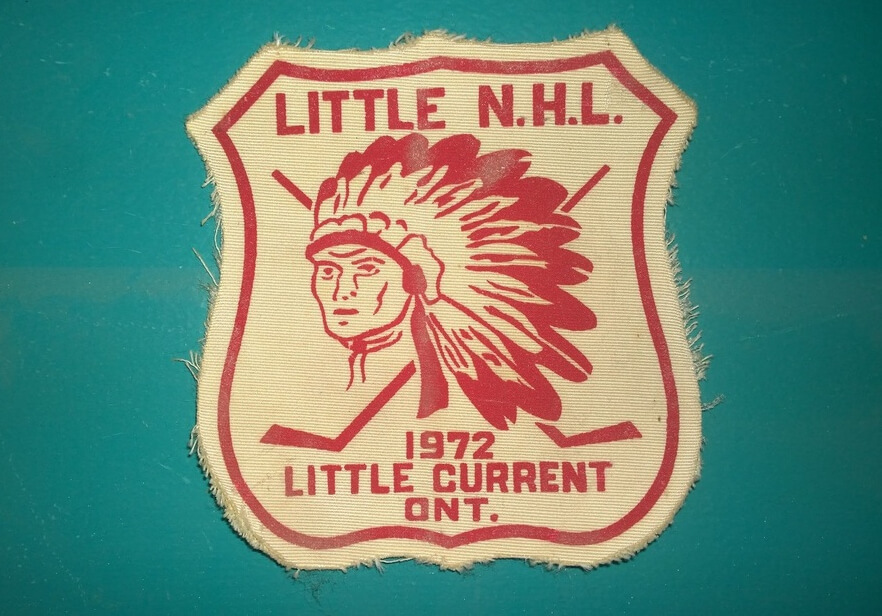
“You know, truth and reconciliation is going to mean 101 things to 101 people,” Peltier says. “For me, what is important is that [the Little NHL]demonstrates cohesiveness, pride — not just pride in our culture, but pride in everything we are, and who we are, and what we can do. Our ability to come together, and our willingness to come together.”
It’s also a bridge, he says, to bring others together.
“You don’t have to just be Indigenous to get to go watch the Little NHL, to go participate in the events. You can go there and you can be there and you can participate in everything that’s going on. … Doing that, it promotes awareness,” Peltier continues. “You hear it often, people saying, ‘We’re still here. We’re still fighting. We’re still proud. We’re still a strong people.’ And we are. With things like this, it amplifies that. And it does it in a way that maybe is not so formal, or so scary, to approach.”
And so all eyes turn to March 2023, to the journey towards a reunion years in the making. For all those who take part, the Little NHL’s alumni can already predict what they’ll see.
“It’s going to be a lot of cheering, a lot of happy faces, I’ll tell you that,” Ralf says.
“Indigenous people will say it — we’ve said it once, we’ll say it a million times — we love to laugh. It’s medicine for us. It’s probably ingrained in our DNA,” Peltier says. “When I think about what I miss most about Little NHL, it’s getting to reconnect with all those people and share those laughs.
“So, I think one of the best things will just be everybody getting that chance to reconnect. And I know for a fact, once that happens, everyone’s going to laugh.”
Courtesy Little Native Hockey League (3); Courtesy Kieran Peltier; Courtesy Little Native Hockey League (2)


